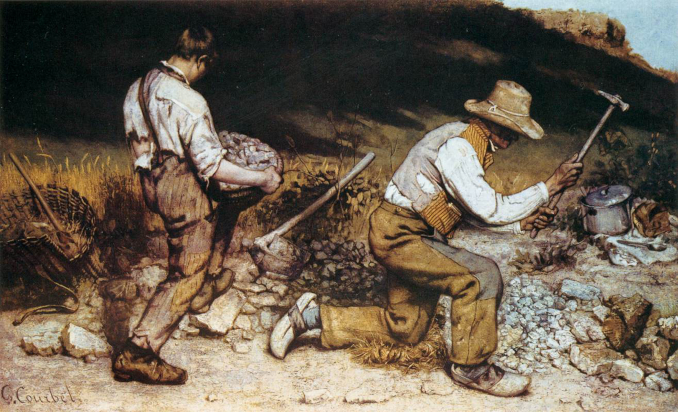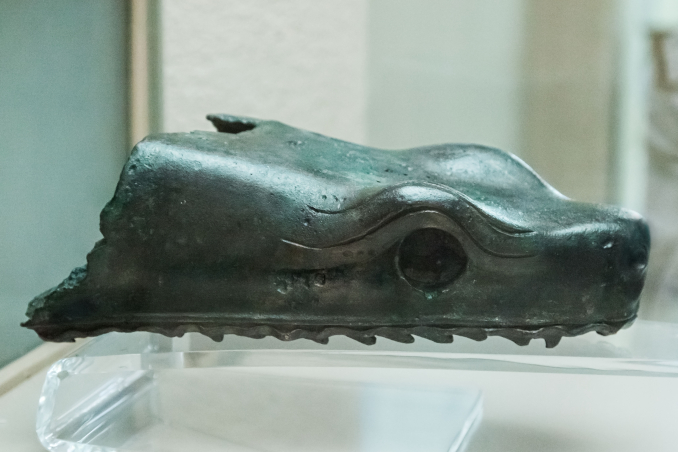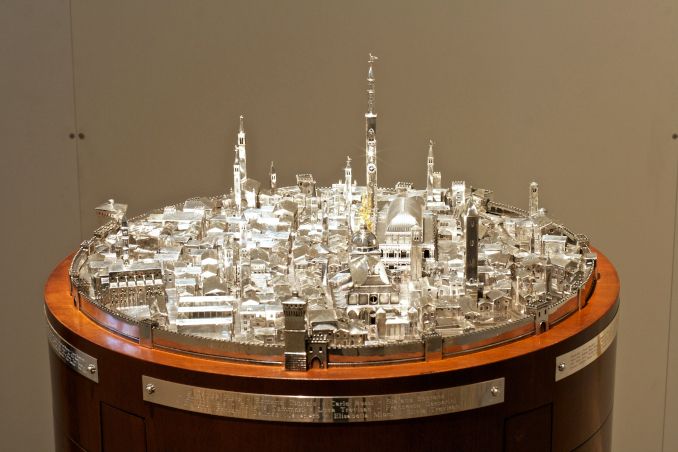Food for the Soul: Lost Masterpieces. Part 1: Destroyed

The Stonebreakers. Gustave Courbet (1849). Dresden Gemäldegallerie. Destroyed in 1945 during an air raid. Photo: Public Domain Wikimedia Commons
By Nina Heyn – Your Culture Scout
Art gets lost, stolen, or destroyed all the time. Thousands of works have been destroyed by fires and wars or simply by someone changing their mind, like Rockefeller being unhappy about Diego Rivera’s mural. Art loss has been mourned by art historians for millennia, and the subject of art disappearances is a vast river. There are long lists of art looted by rulers such as the king of Sweden Gustavus Adolphus, Napoleon, and Hitler, who were all masters at the systematic plundering of innumerable treasures from conquered lands. In the 19th century, many Indy-style collectors dug out antiquities that have been bones of contention ever since—Schliemann’s Troy gold, Elgin’s marbles, Greek kouroi—again, the list is long. And then there are works of art destroyed in accidental fires, sunk with ships, blown up in religious fervor, or melted down to fund a war. Behind any of these losses there are stories of complicated circumstances and unlucky coincidences.
This is the first of a three-part series on works of art that either have disappeared (Part 1: Destroyed), are lost but there is hope (Part 2: Stolen), or have come back to us (Part 3: Recovered).

Ottoman miniature. Street sweepers preparing a celebration at Hippodrome in 1582. Topkapi. Istanbul. Photo: Public Domain Wikimedia Commons.
In 479 BC, a regent of Sparta called Pausonius turned the tides of war for the Greeks when he won over the Persian army in the battle of Platea. This battle was fought after two major Greek defeats, when it seemed that nothing would stop the Persian takeover. After their Platea defeat, the Persian army never again threatened the Greeks. The bronze from melted Persian weapons was used to cast a commemorative column of three intertwined snakes that had the names of contributing Greek cities carved on the supports. The bottom of the column originally had a gold cauldron (stolen by Phocians in 355 BC), and it was topped with three heads of snakes. The Serpentine Column was placed at Delphi, but it only lasted there until 324 AD when emperor Constantine moved it to decorate his new capital. Constantinople became Istanbul when the Ottomans won the city (and the rest of the Roman Eastern Empire) after a siege in 1453. The Serpentine Column was in place at the Hippodrome as late as the 16th century—there are miniatures that attest to its intact existence until then. Afterwards, the snake heads disappeared, and only a fragment of one head is still preserved at the Istanbul Archeological Museum.

Fragment of the Serpent head. Archeological Museum. Istanbul. Photo: Public Domain Wikimedia Commons
In 2015, the Greeks erected a copy of the column (minus the heads that cannot be recreated anymore) at the original site at Delphi. So, there are now two headless columns—the original in Istanbul and the replica at Delphi—but the snake heads are lost with the exception of the sad fragment in the Istanbul museum. The heads joined a long list of Greek antiquity sculptures, such as the giant Zeus sculpted by Phidias and marble figures by Lisippos, that we only know about from vague descriptions or from Roman copies.
No war is kind to paintings. Even the Franco-Prussian conflict in the 1870s—a relatively localized and short war—still had a damaging effect on French art. One of the most promising budding Impressionist artists, Frédéric Bazille, whose exquisite The Family Reunion can be found at Orsay, died leading a battle at the age of twenty-nine. Another Impressionist artist, Camille Pissarro, lost his paintings. Pissarro lived in Paris, but he had Danish nationality and as such, he wasn’t part of the war draft. He spent the war years in London and on his return to France, he discovered that of over 1500 paintings he had created in the previous 20 years, only about 40 remained. The rest were damaged or used by soldiers as floor mats.
In Europe, World War II probably wiped out more canvases, frescoes, and architectural monuments than most other wars combined. One of the largest disasters in art history occurred in Berlin on May 6, 1945 during the so-called Friedrischain Flak Tower fire, shortly after the Red Army entered the city. Berlin Museum’s collection of hundreds of paintings and sculptures had been stored inside an anti-aircraft tower that mysteriously caught fire three days before the end of the war. The collection included Boticelli’s Madonna and Child with Angels Carrying Candlesticks, Caravaggio’s Portrait of the Courtesan and St. Matthew with an Angel, alongside many other masterpieces of European art by Tintoretto, Rubens, Cranach, and Donatello that belonged to a canon of European fine art. Only one canvas was ever found.

Saint Agnes. Alonso Cano. C. 1624-38. Gemäldegallerie, Berlin. Presumed destroyed in the 1945 Friedrischain fire. Clark Art Institute Records.
One of the most famous paintings by Gustave Courbet, The Stonebreakers (see above), perished during the Allied bombing of Dresden. Courbet’s stylistics of what he dubbed “realism” is considered an important bridge between the stiff and highly-regulated Academic art of the first half of the 19th century in France and the advent of Impressionism. Courbet rebelled against the mythological and religious themes that were expected for paintings to qualify for Salon submissions and ensure commercial success. The Stonebreakers, together with a painting called A Burial at Ornans, exhibited in 1850 at Courbet’s second Salon submission, were his artistic and social manifesto showing unadorned human toil and prosaic events in the lives of ordinary people. The artist himself considered The Stonebreakers one of his most important canvases expressing his outrage at the poverty that forced men to do such back-breaking toil. Twenty years later, Courbet would become a staunch supporter of the Paris Commune insurrection that heralded a dawn of communist movements worldwide. This painting is still used as a key illustration in the European history of art…except that it does not exist anymore. World War II and dropping 4000 tons of bombs onto the city of Dresden took care of that.
Sometimes the destruction caused by war can be partially reversed. Created as a votive offering through the donations of the city of Vicenza in 1578, this early “3D” rendition of the city was meticulously done in silver plates over a wood model of buildings. The Jewel of Vicenza, paid for by contributions from each family, was cast as an offering to spare the citizens from the plague coming down from Milan. The city was indeed spared (at least until the next wave 50 years later), and the votive offering was the town’s pride until it was destroyed in 1797 by the Napoleonic army, trying to melt it down for silver. This destruction has at least a semi-happy ending—albeit over 200 years later—of a reconstruction. In 2012, the citizens started a collection through local stores and churches, and within a year this replica was made. Although the original was melted down a long time ago, modern craftsmanship has resurrected this artwork for future generations.

The Jewel of Vicenza. Reconstruction. 2013. Museo Diocesano di Vicenza. Photo: Romano Concato Public Domain Wikimedia Commons.
